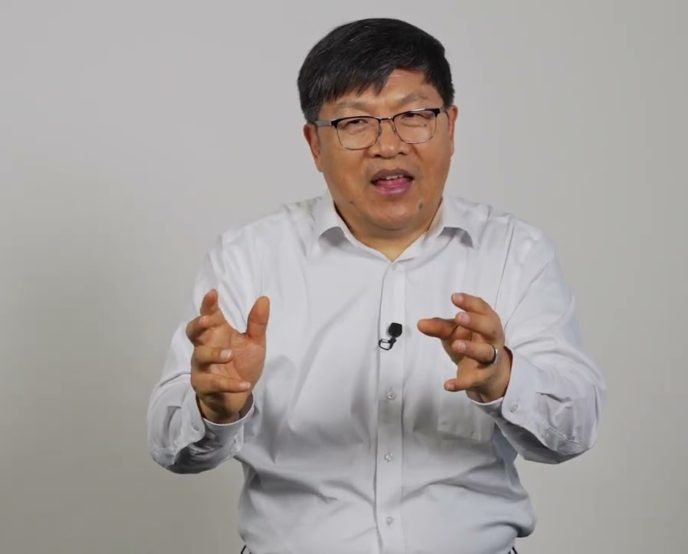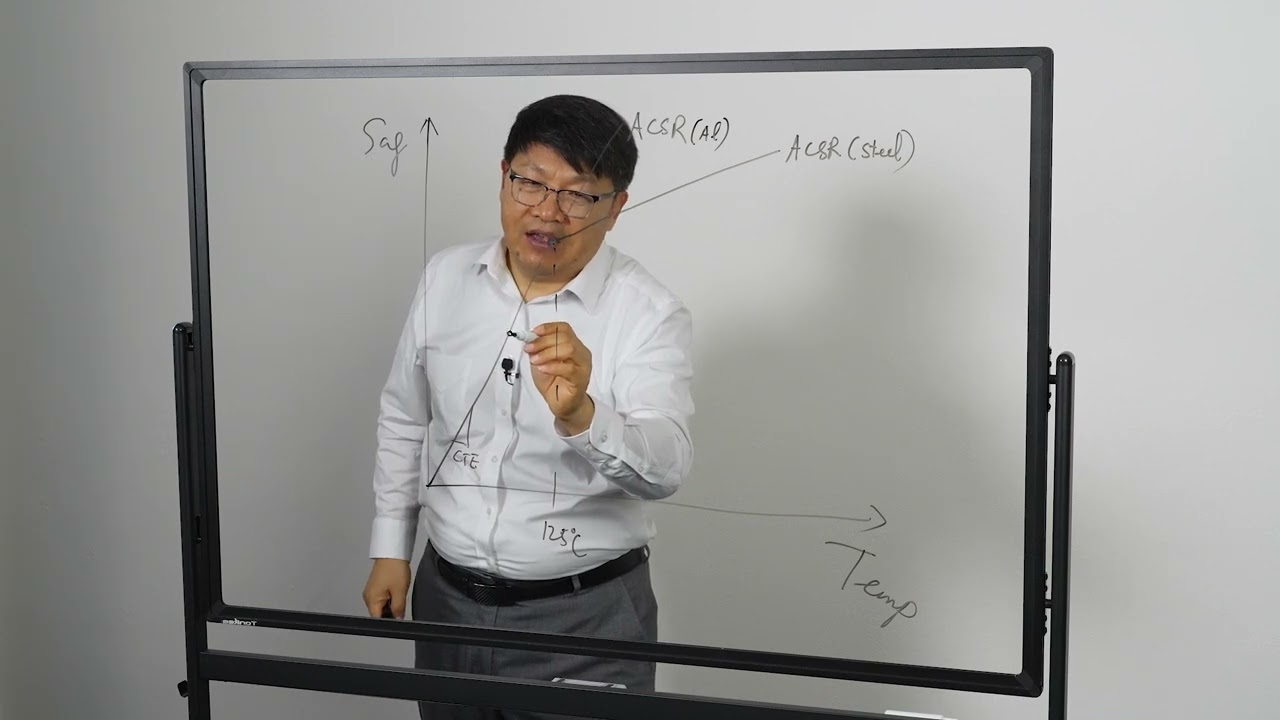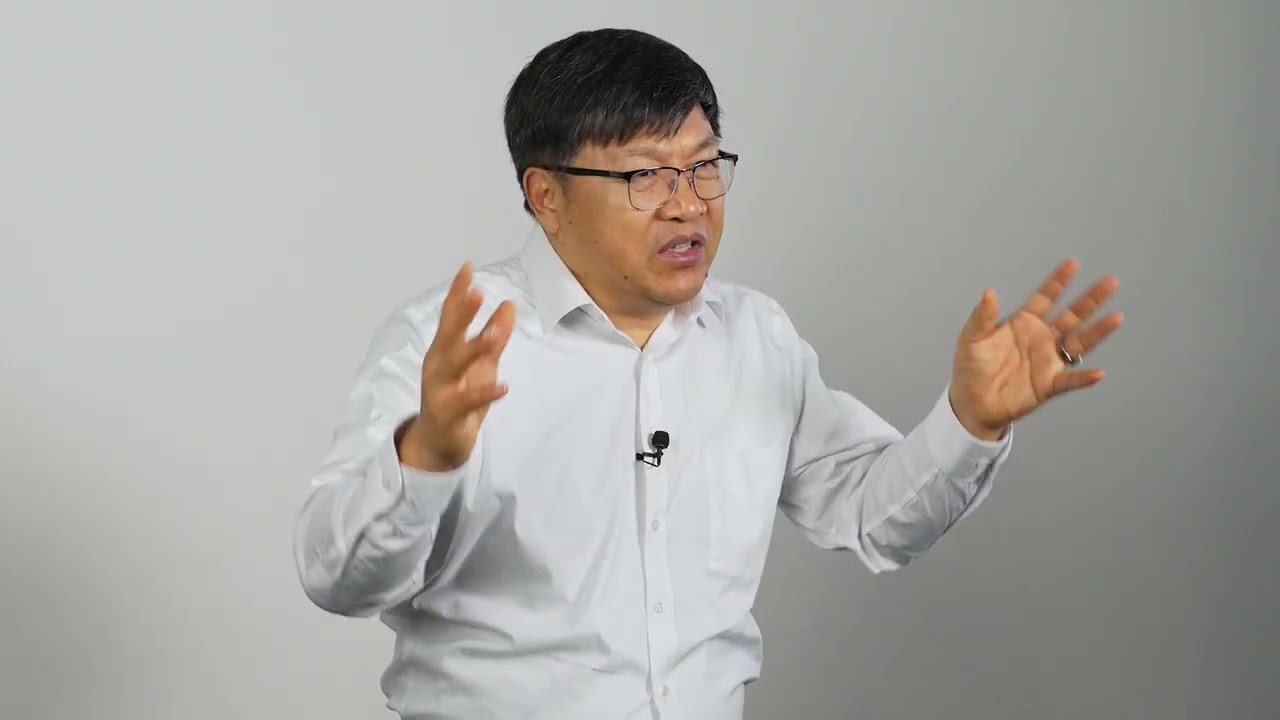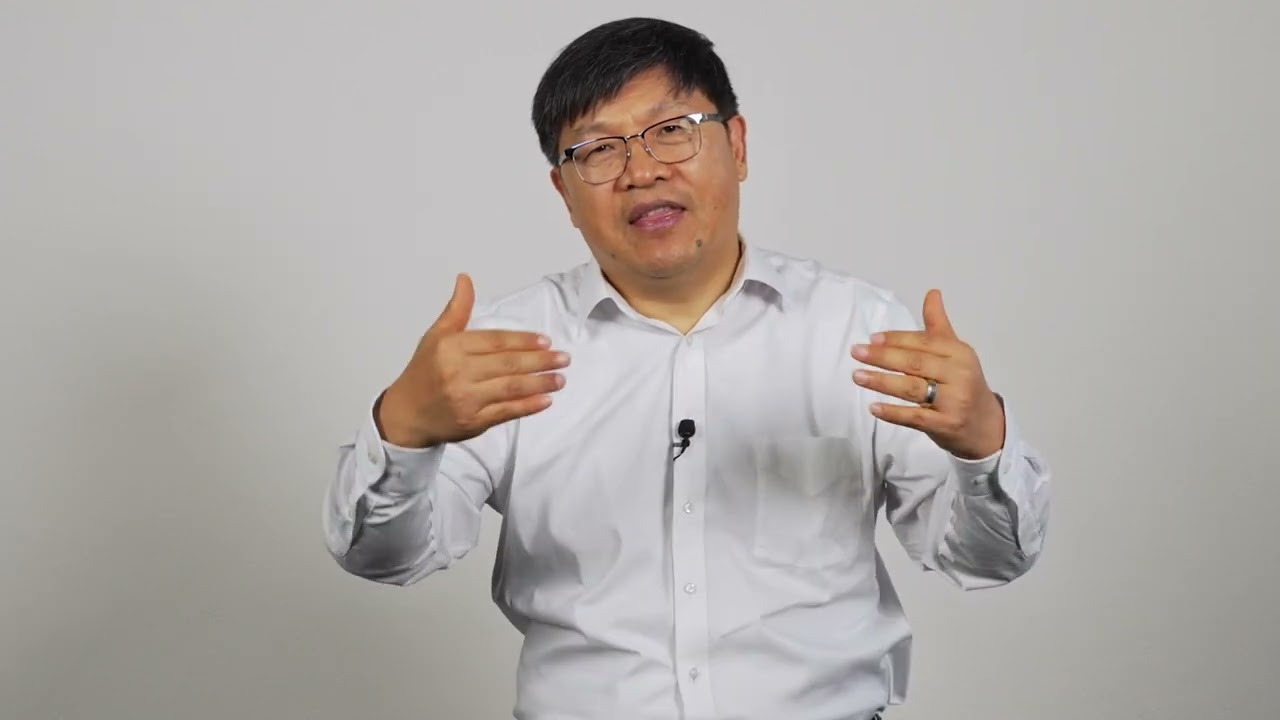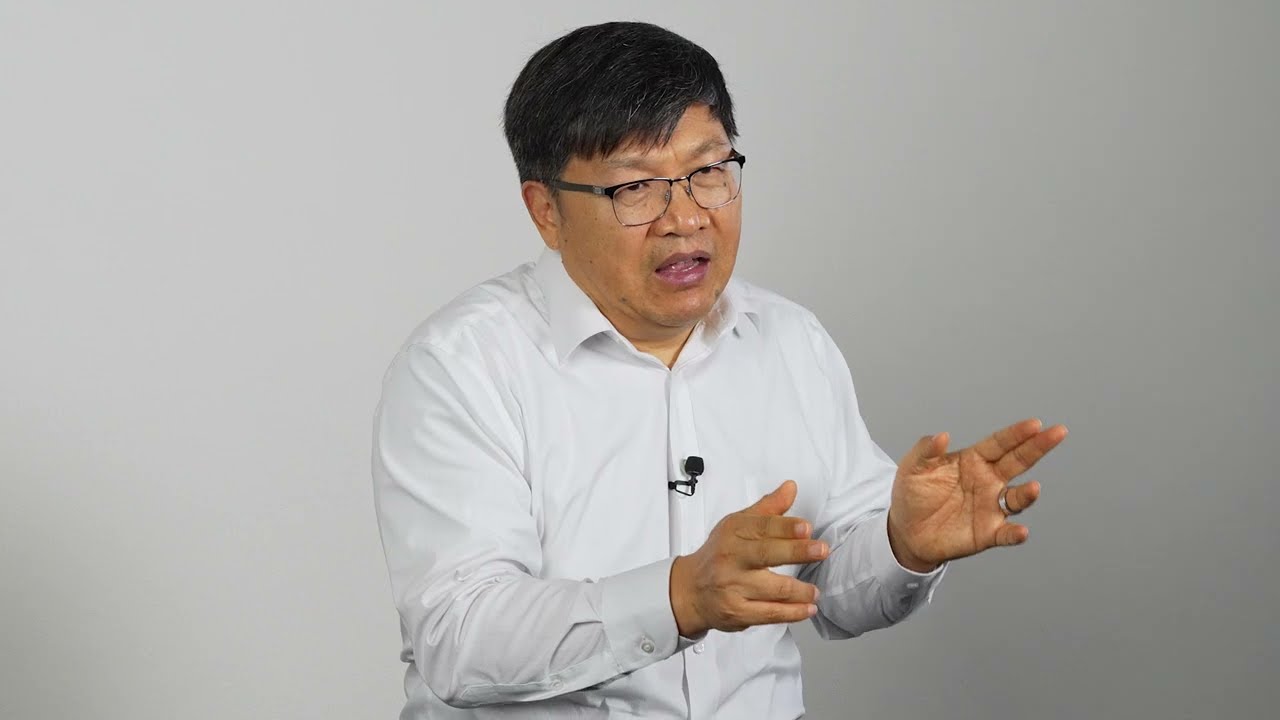Ensuring reliable power transmission requires conductors that maintain their performance over decades of service. Understanding the factors that affect conductor longevity requires analysis at multiple levels: component durability, system performance, and resilience to extreme conditions. This technical analysis examines how modern conductor design addresses these challenges through engineered solutions.
Component-Level Durability
The foundation of conductor longevity begins with material selection and protection. Advanced conductors typically combine composite cores with aluminum strands, creating potential vulnerabilities that must be addressed through design. A key consideration is preventing galvanic corrosion, which occurs when dissimilar materials are in contact in the presence of an electrolyte and oxygen.
The aluminum encapsulation layer in AECC technology serves as more than just a conductive element – it creates an environmental barrier that prevents galvanic corrosion by eliminating two of the three required conditions. By keeping moisture and oxygen away from the interface between the carbon fiber core and aluminum, the design inherently prevents this degradation mechanism.
Matrix degradation presents another challenge for composite-core conductors. The polymer matrix that binds the carbon fibers can be affected by:
- Moisture infiltration, which can plasticize the organic matrix by breaking molecular bonds, reducing the glass transition temperature (Tg) and compromising compression strength
- Oxidation at high temperatures, particularly harmful to organic components
- UV and Ozone exposure from corona discharge, especially dangerous if the core becomes exposed through “birdcaging”
The encapsulated design prevents these issues by maintaining the core’s isolation from environmental factors that could compromise its integrity.
System-Level Performance
Long-term system reliability depends heavily on managing mechanical stresses, particularly Aeolian vibration. This phenomenon can cause fatigue in aluminum strands over time. AECC technology addresses this through two key design features:
- Annealed aluminum strands that can redistribute stress through controlled creep, allowing tension to transfer to the composite core
- Trapezoidal strand configuration that enables strand-to-strand contact, providing optimal energy dissipation without inducing fatigue
The combination of these features creates superior self-damping characteristics compared to traditional conductors.
Fitting integrity represents another critical aspect of system longevity. The compression fitting approach used with AECC creates a solid metal surround that achieves 100% compaction around the composite core. This design eliminates pathways for moisture or oxygen ingress, even without high-temperature filler compounds typically required in traditional installations.
Extreme Weather Resilience
Modern power systems face increasing challenges from extreme weather events. AECC technology provides enhanced resilience through several mechanisms:
Wildfire Resistance:
- Minimal sag characteristics maintain clearances
- Pre-annealed aluminum strands are heat tolerant
Wind Performance:
- Compact design reduces wind loading
- Smooth surface profile decreases drag coefficient
- Lower tension transfer to supporting structures
Ice Load Management:
- Compact design minimizes ice accumulation surface area
- Higher strength-to-weight ratio provides greater safety margin
- Superior mechanical properties maintain performance under load
This comprehensive approach to conductor design creates inherent resistance to environmental challenges while maintaining long-term performance characteristics. By addressing potential degradation mechanisms at multiple levels, modern conductor technology provides the durability required for critical infrastructure applications.
